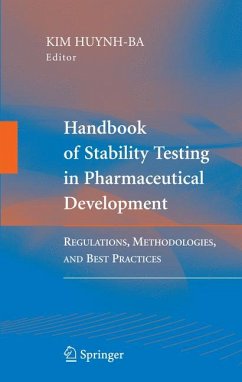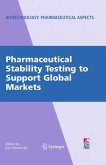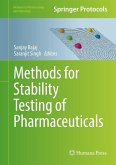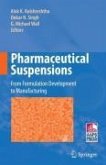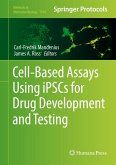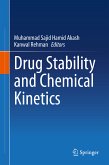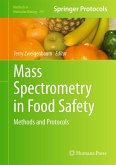Stability testing is required to demonstrate that a pharmaceutical product meets its acceptance criteria throughout its shelf life and to gain regulatory approval for commercialization. Assessing drug product stability and safety can be quite complicated, and stability profile can impact many functional areas, including analytical testing, formulation development, toxicology, quality, and regulatory affairs.
Handbook of Stability Testing in Pharmaceutical Development: Regulations, Methodologies, and Best Practices is the first volume to cover all aspects of stability testing in pharmaceutical development. It presents a scientific understanding of regulations and balances methodologies and best practices. Comprising 17 chapters, it provides a wealth of resources for pharmaceutical companies, educational institutions, and manufacturing laboratories to use as either a supplementary text for stability training courses or as a reference book for pharmaceutical practitioners.
Topics covered include:
- Latest regulations for stability testing, including cGMP requirements, ICH guidelines, and global guidances from WHO, ASEAN, EMRO, and other regions.
- Post-approval considerations and regulatory filing strategies to support a global supply chain.
- Methodologies, including development of a stability-indicating method, method validation, and transfer. This book also discusses physical stability, non-chromatographic methodologies, and spectroscopic applications.
- Setting specifications, monitoring impurities, and establishing shelf-life of pharmaceutical products.
- Data management, including stability reports, CMC, and discussion of out-of-specification (OOS) and out-of-trend (OOT).
- USP-NF testing in support of stability.
- Current industry best practices on stability operation, validation, and calibration of stability chambers including considerations for photo-stability testing.
- Discussion of matrixing and bracketing to support reduced stability testing.
- Overview of stability programs for biologics and drug-in-devices pharmaceutical products.
This collective work was written by a group of prominent international experts, who have been directly responsible for instituting industry best practices and establishing the current stability guidelines.
Dieser Download kann aus rechtlichen Gründen nur mit Rechnungsadresse in A, B, BG, CY, CZ, D, DK, EW, E, FIN, F, GR, HR, H, IRL, I, LT, L, LR, M, NL, PL, P, R, S, SLO, SK ausgeliefert werden.

